Poke bowls have exploded in popularity around the world in recent years. Showing up everywhere from health-conscious cafés to casual chains. Because of their colorful presentation, raw fish toppings and rice bases many people automatically assume poke bowls are Japanese. But is that really the case?
Let's dive into the origins of poke. We'll explore its similarities with Japanese cuisine and uncover how this staple evolved into the global phenomenon we know today.
What Is a Poke Bowl?
The word “poke” (pronounced “poh-keh”) means “to slice” or “to cut crosswise into pieces” in Hawaiian. A traditional poke bowl typically features raw, cubed seafood (most commonly ahi tuna) marinated in soy sauce, sesame oil, sea salt, and other local seasonings like limu (seaweed) and inamona (roasted kukui nut).
Today, poke bowls are highly customizable and may include:
- Base: Sushi rice, brown rice, salad greens, or noodles
- Protein: Ahi tuna, salmon, shrimp, cooked chicken, tofu, or octopus (tako)
- Toppings: Avocado, edamame, cucumber, seaweed salad, mango, tobiko, sweet potato
- Sauces: Spicy mayo, shoyu (soy sauce), sesame miso, yuzu ponzu, or specialty fusion sauces
If you prefer noodles as your base, consider upgrading your dining experience with the artisan noodle and ramen bowls available on MyJapaneseWorld.com. These handcrafted Japanese bowls not only provide the perfect depth and size for a generously sized poke bowl but also add a touch of elegance and traditional flair to your table setting.

Origins and Cultural Roots: A Hawaiian Invention with Asian Influence
Poke was developed in Hawaii centuries ago, crafted by native Hawaiian fishermen who seasoned freshly caught reef fish with sea salt, seaweed, and crushed nuts. With the arrival of Japanese and other Asian immigrants in the late 19th and early 20th centuries, the flavors of soy sauce, sesame oil, and rice vinegar mixed their way into the dish.
By the 1970s the modern poke bowl featuring marinated raw fish served over rice had become a staple across Hawaii, appearing in supermarkets, lunch counters and homes.
Is It Japanese? Comparison with Similar Japanese Dishes
While not Japanese in origin, poke shares many similarities with Japanese cuisine.
Let's take a look at how poke bowls compare with a few traditional Japanese dishes:
| Dish | Similarities | Key Differences |
|---|---|---|
| Chirashi (Scattered Sushi) | Raw fish over vinegared rice, colorful toppings | Uses sushi rice and traditional sashimi cuts without marinades |
| Sashimi | Raw fish, often served with soy sauce and wasabi | No rice or toppings; typically served as a refined course |
| Sushi Donburi (Sushi Bowl) | Fish over rice, customizable toppings | Often follows stricter preparation rules and presentation aesthetics |
| Inari Sushi | Rice in sweet tofu pockets, sometimes with poke-style fillings | Not typically raw fish-based; limited ingredient customization |
Ultimately, while poke bowls reflect Japanese influence through ingredients and preparation styles, their format and flavor profile are rooted in Hawaiian culinary traditions.

The Modern Evolution of Poke
What started as a local Hawaiian dish has undergone significant evolution on the U.S. mainland and beyond. Poke bowls are now a global fusion. Additions like pineapple, sweet corn, kimchi, quinoa, spicy tuna mayo and even beef tartare support a shift to modern preferences for customization and health-conscious eating.
Contemporary poke bowls often overlap with the same audience that enjoys Japanese cuisine, those drawn to clean flavors, raw seafood, vibrant presentation, and balanced nutrition.
Cultural Significance and Widespread Appeal
Poke bowls represent a culinary fusion that mirrors Hawaii’s multicultural heritage. Their freshness and aesthetic appeal have turned poke into a favorite among urban diners, fitness enthusiasts and lovers of Japanese food alike.
It's not uncommon to find poke in Japanese-style bento boxes or even served in inari sushi wrappers (poke inari) blending the two cultures together even further.
Conclusion: A Hawaiian Staple with Japanese Roots
So, is a poke bowl Japanese? No it is Hawaiian in origin but has ultimately been influenced by Japanese ingredients and culinary methods. The result is a globally embraced dish that blurs cultural lines and celebrates cross-Pacific creativity.
And if you're looking to serve your poke bowl with both authenticity and style, Japanese noodle and ramen bowls from MyJapaneseWorld.com are the perfect match. Handcrafted by artisans and designed for everyday use, these bowls will add to your presentation and turn a simple poke into an elevated experience.


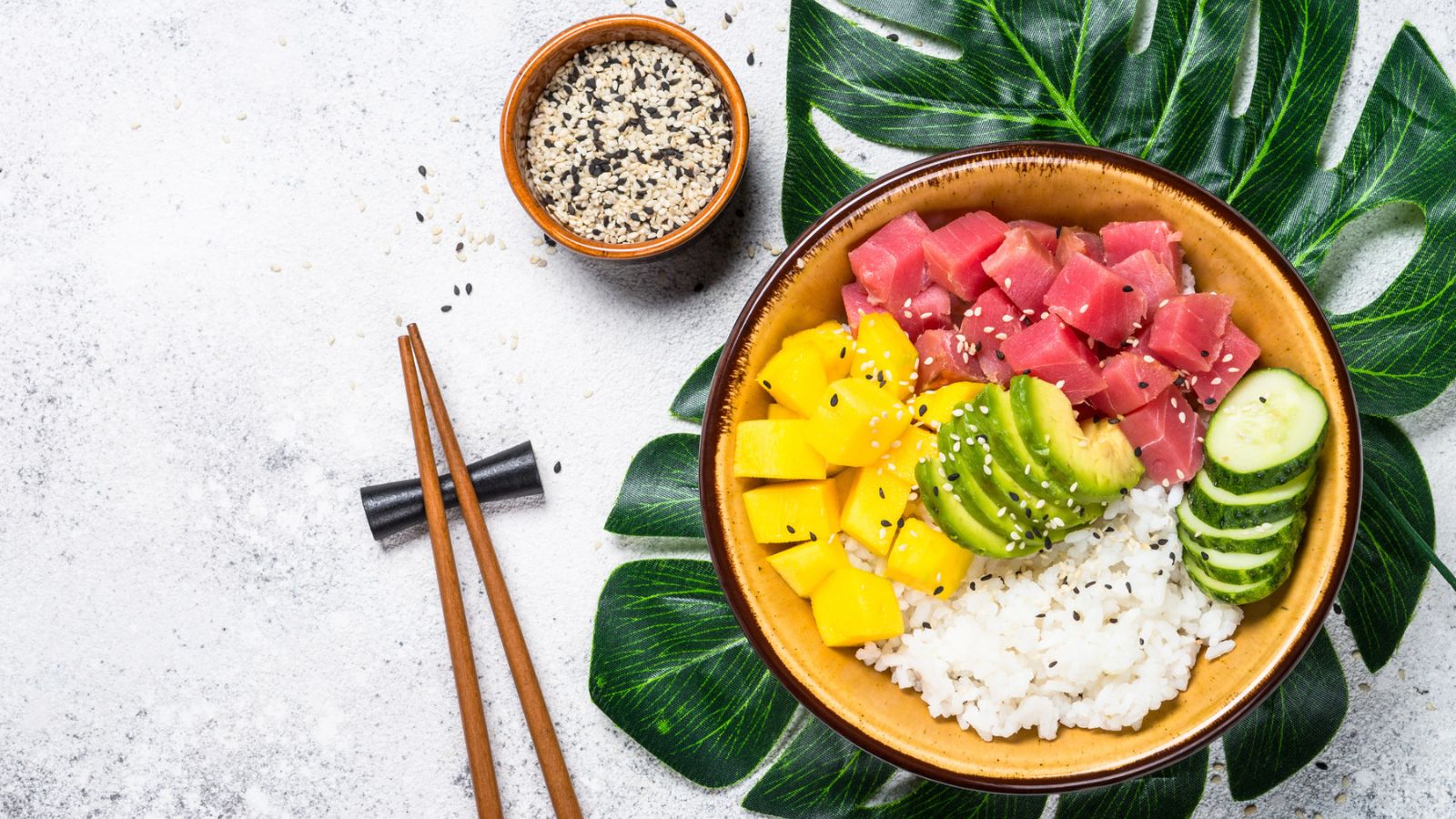
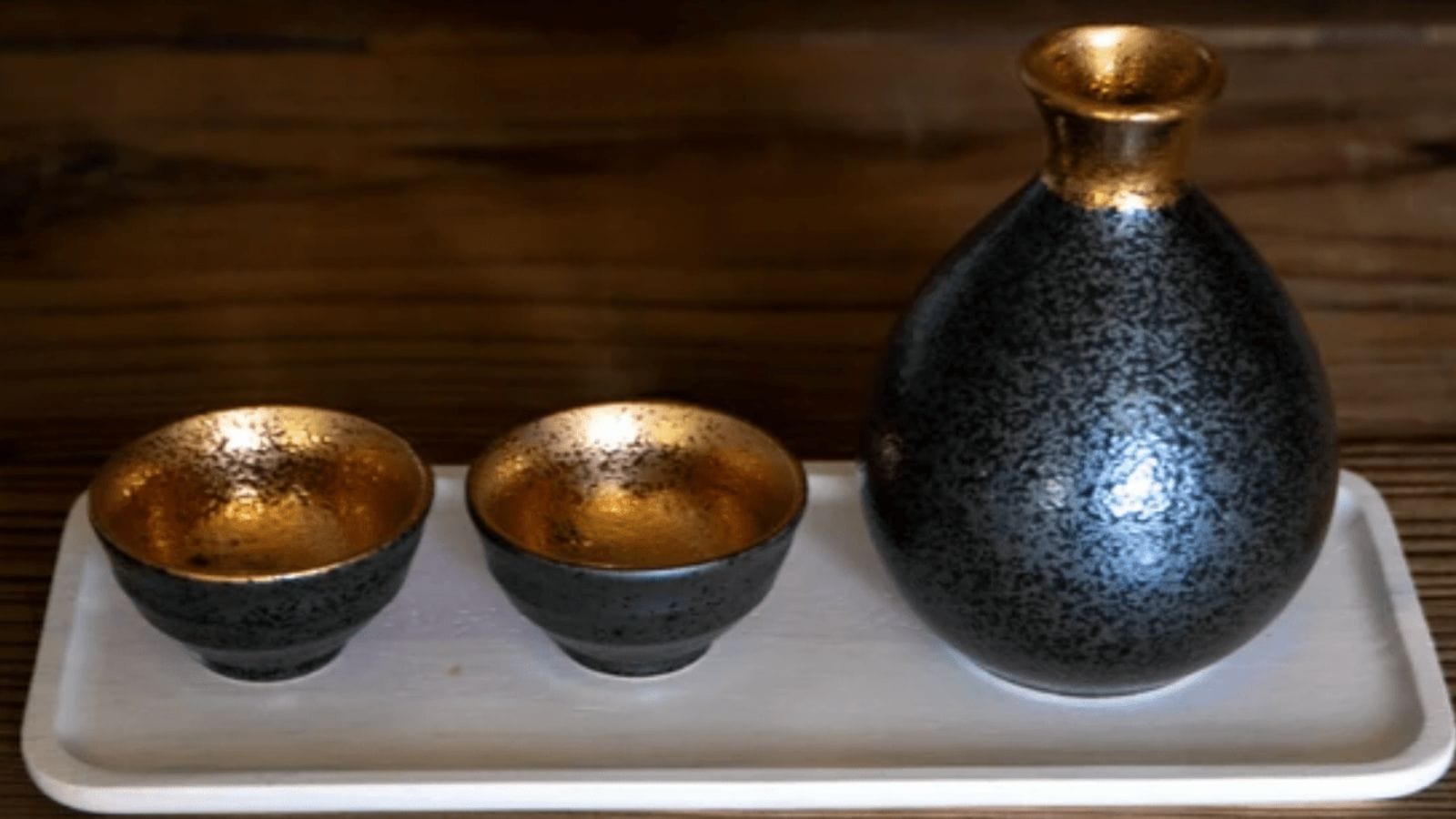
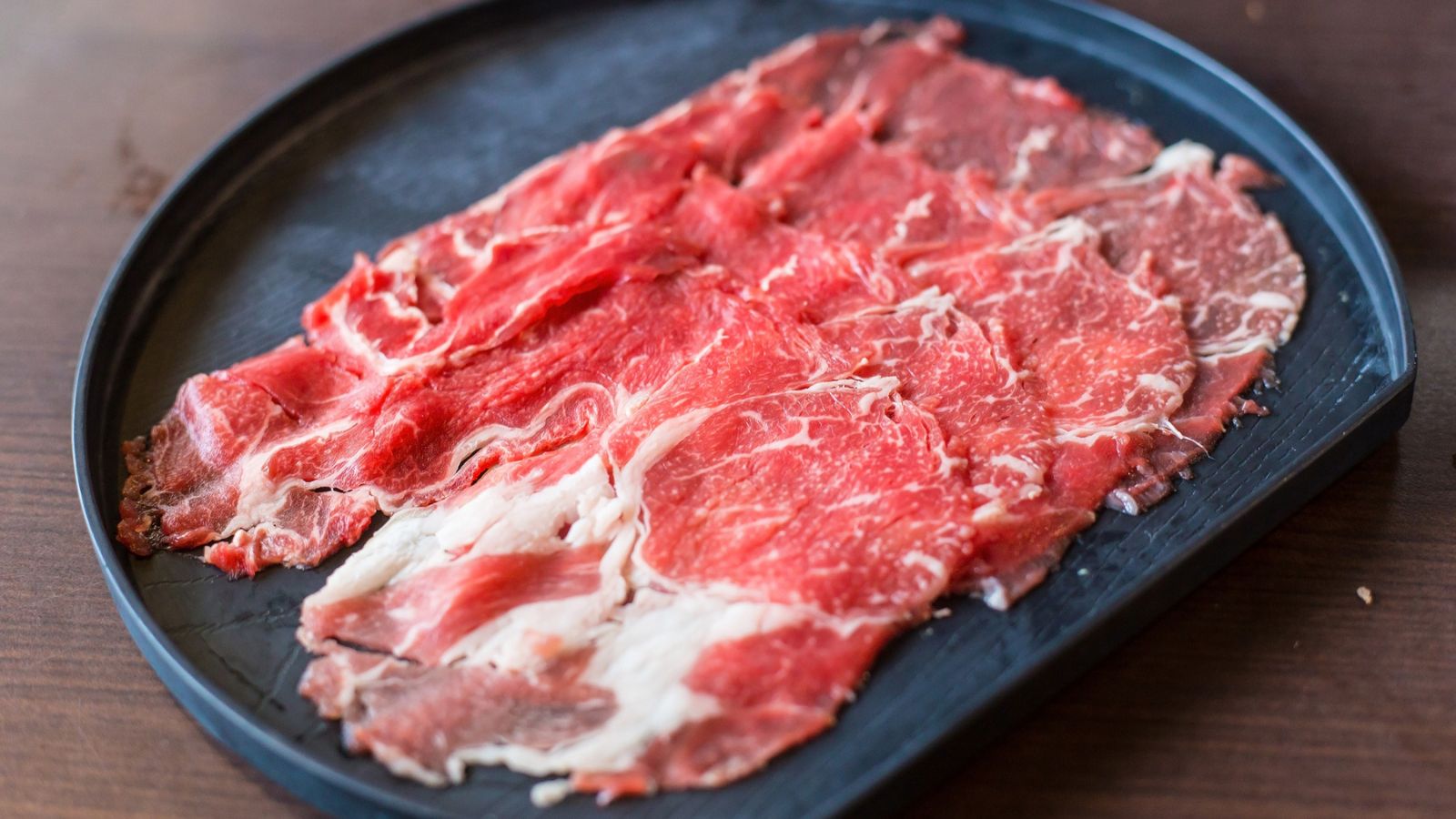
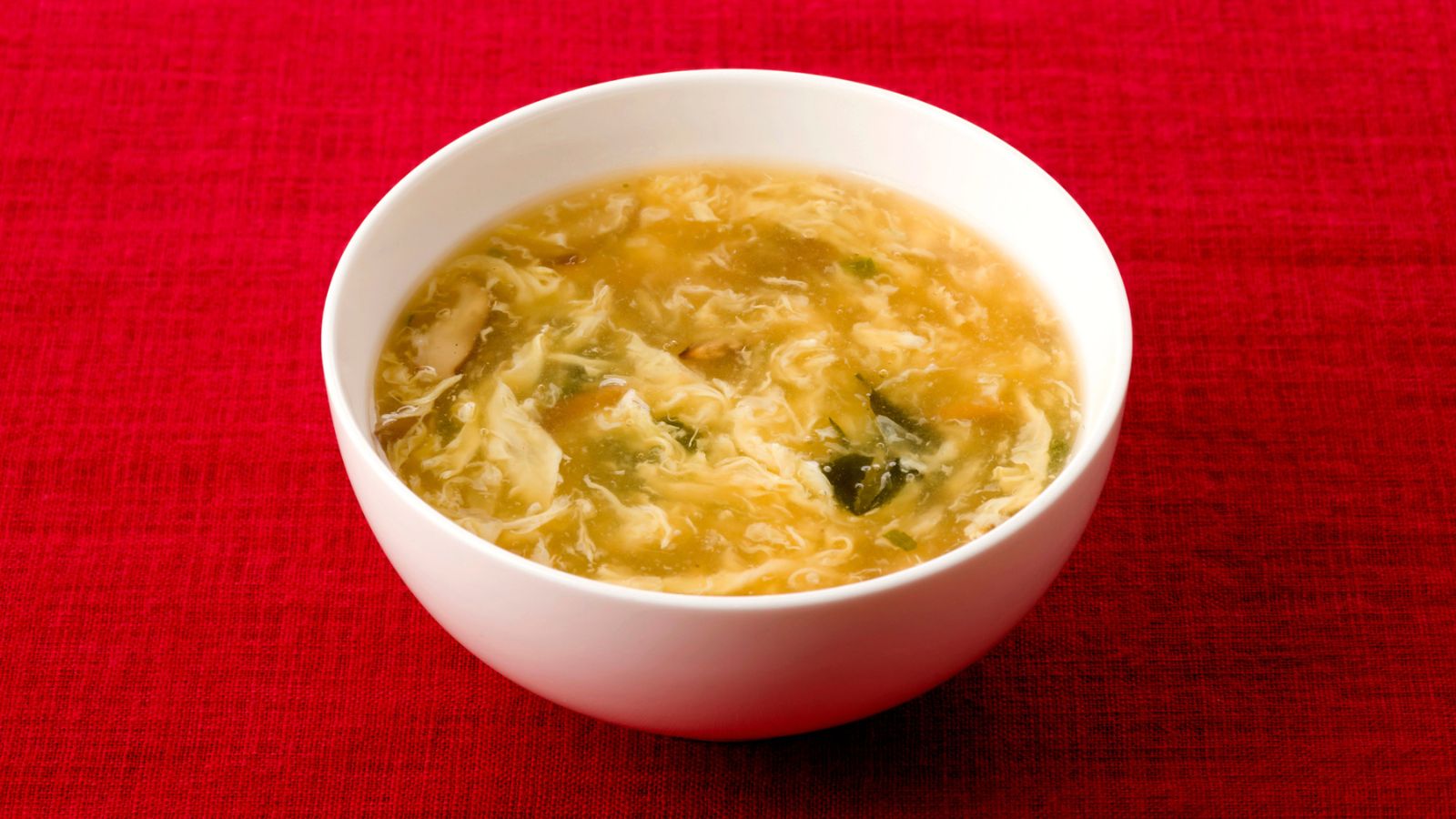
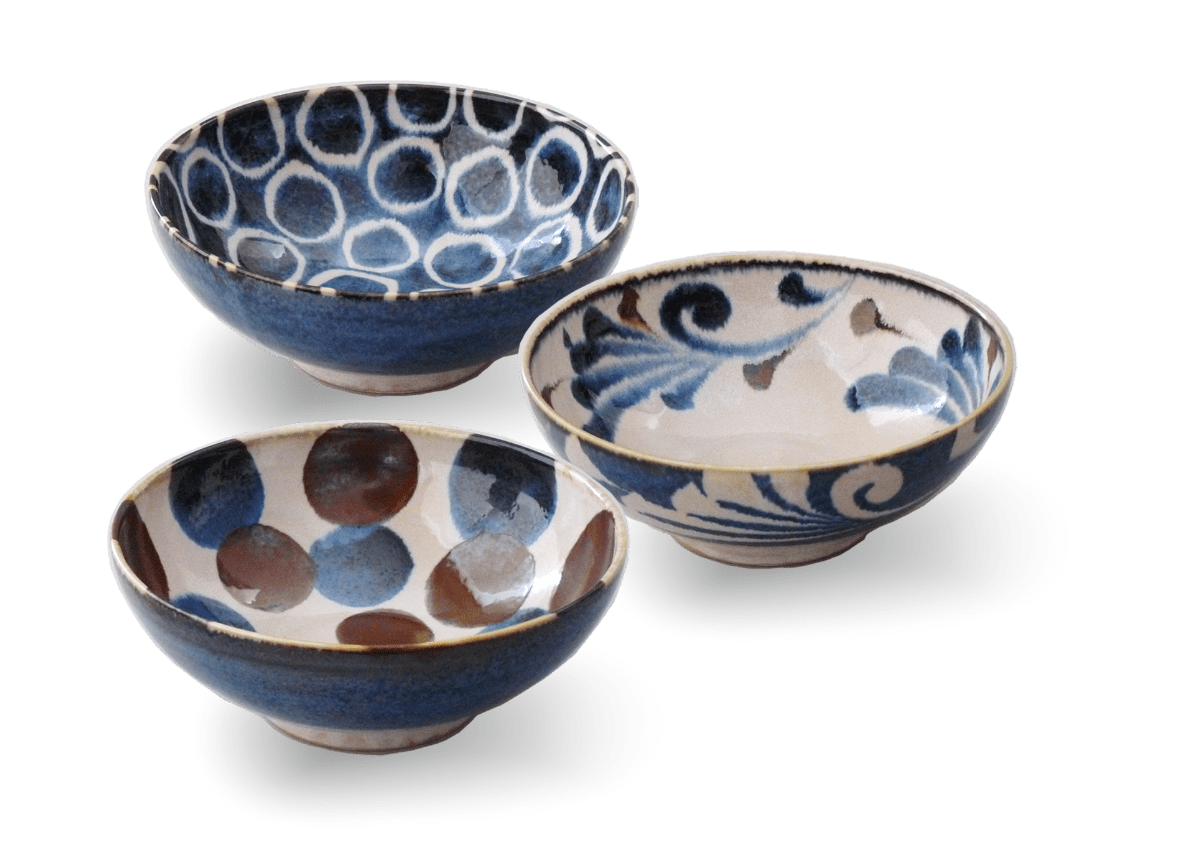
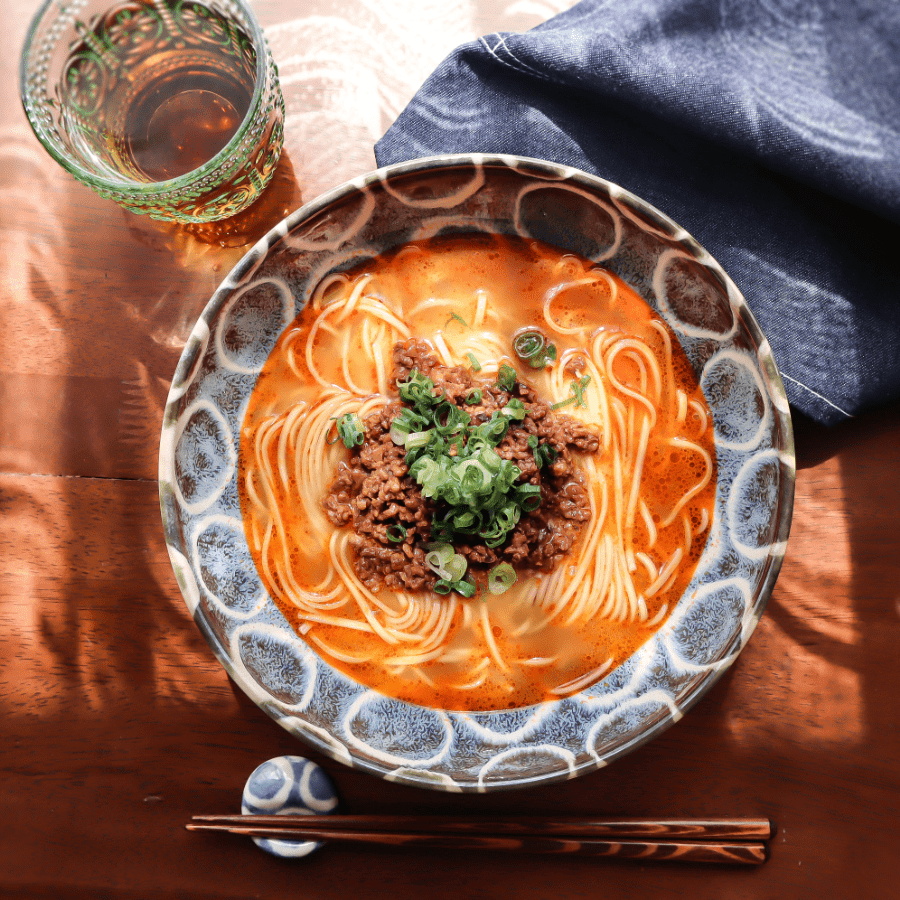
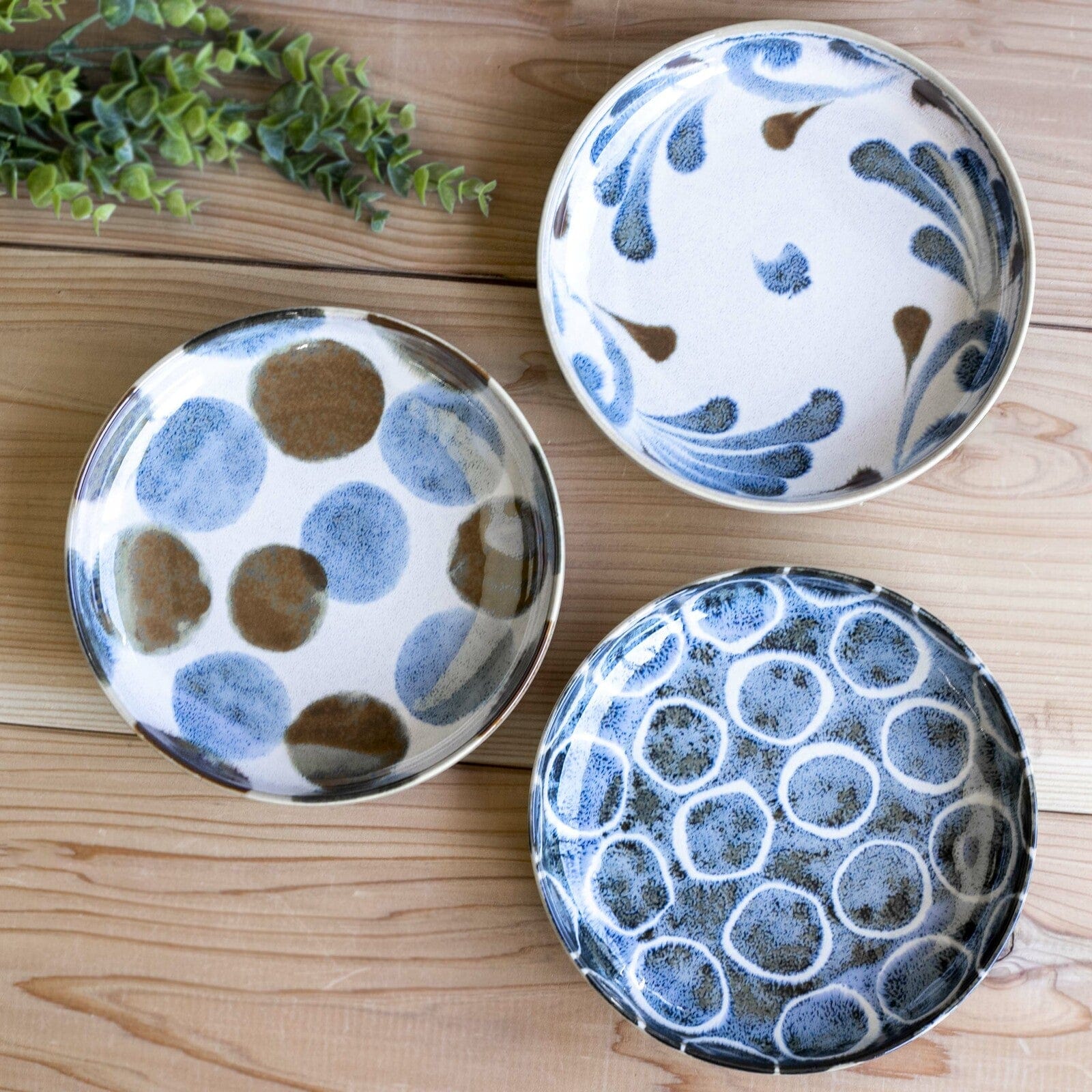
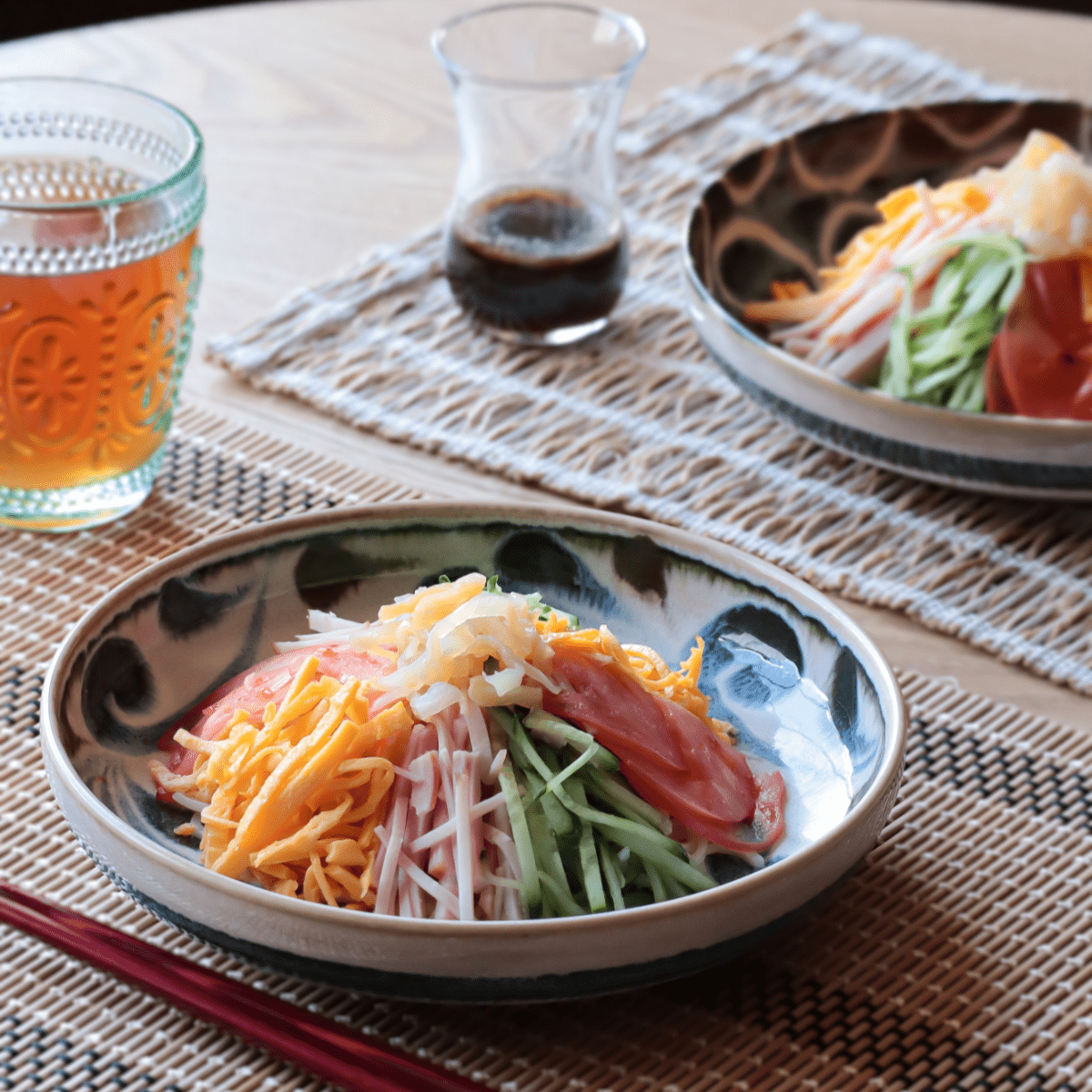
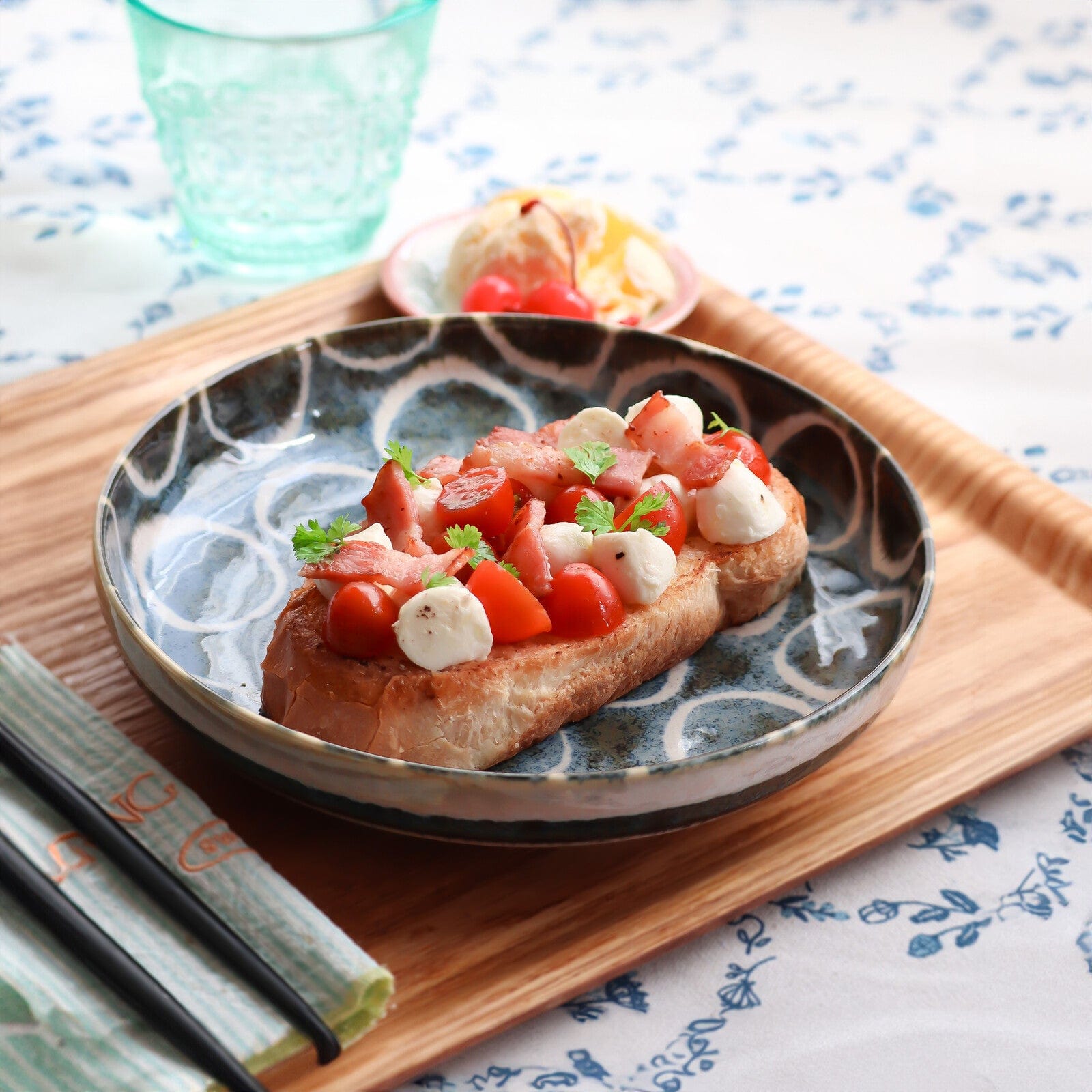


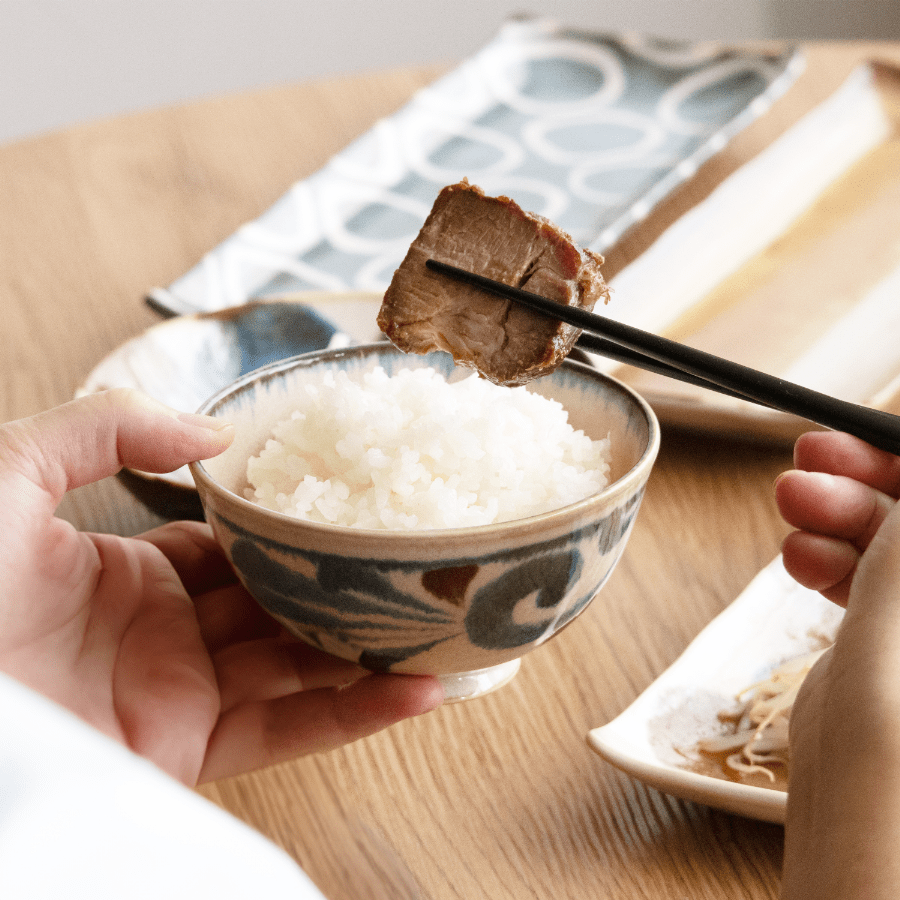
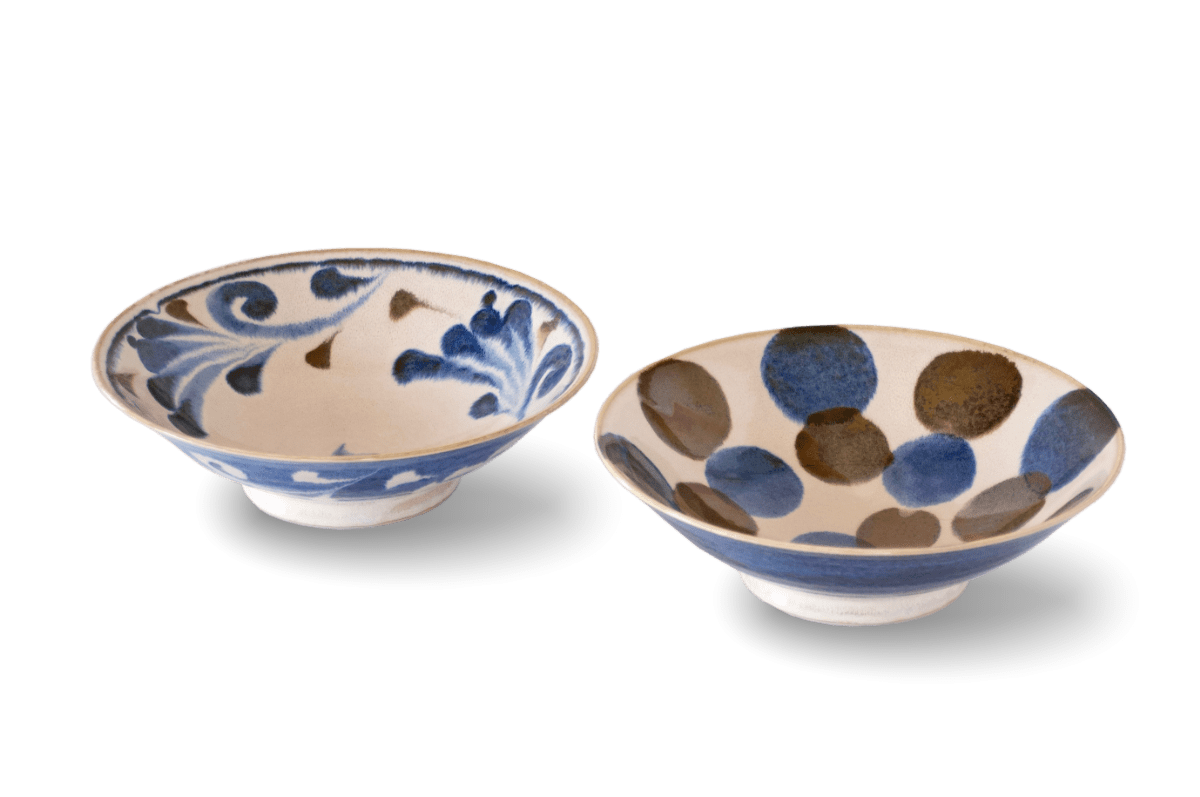


Share: